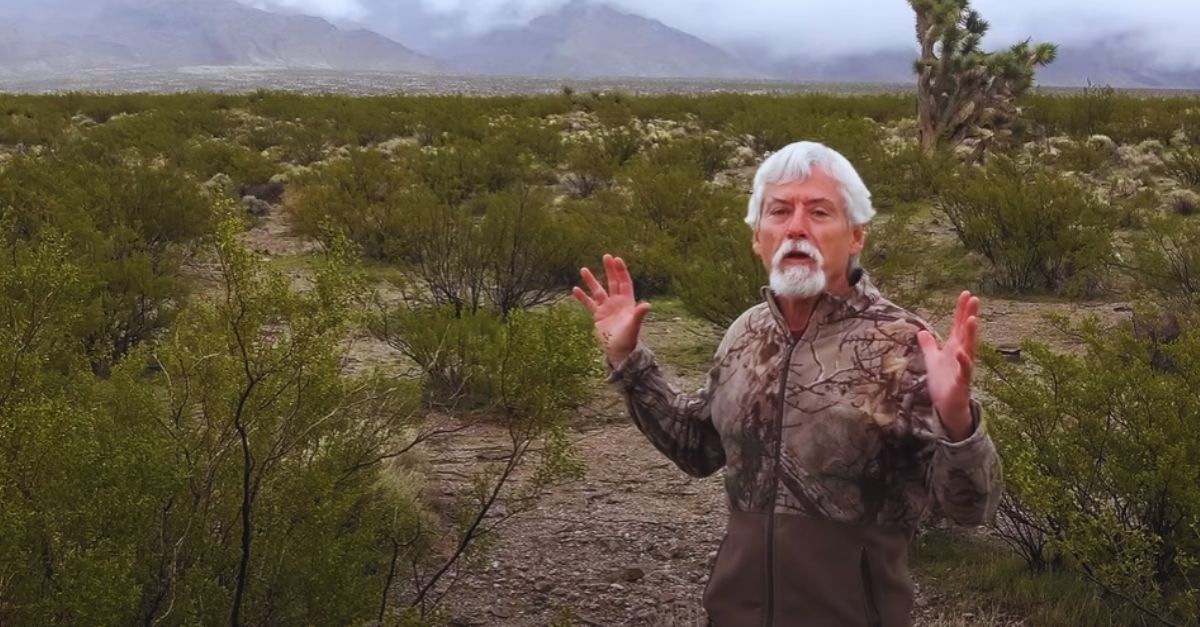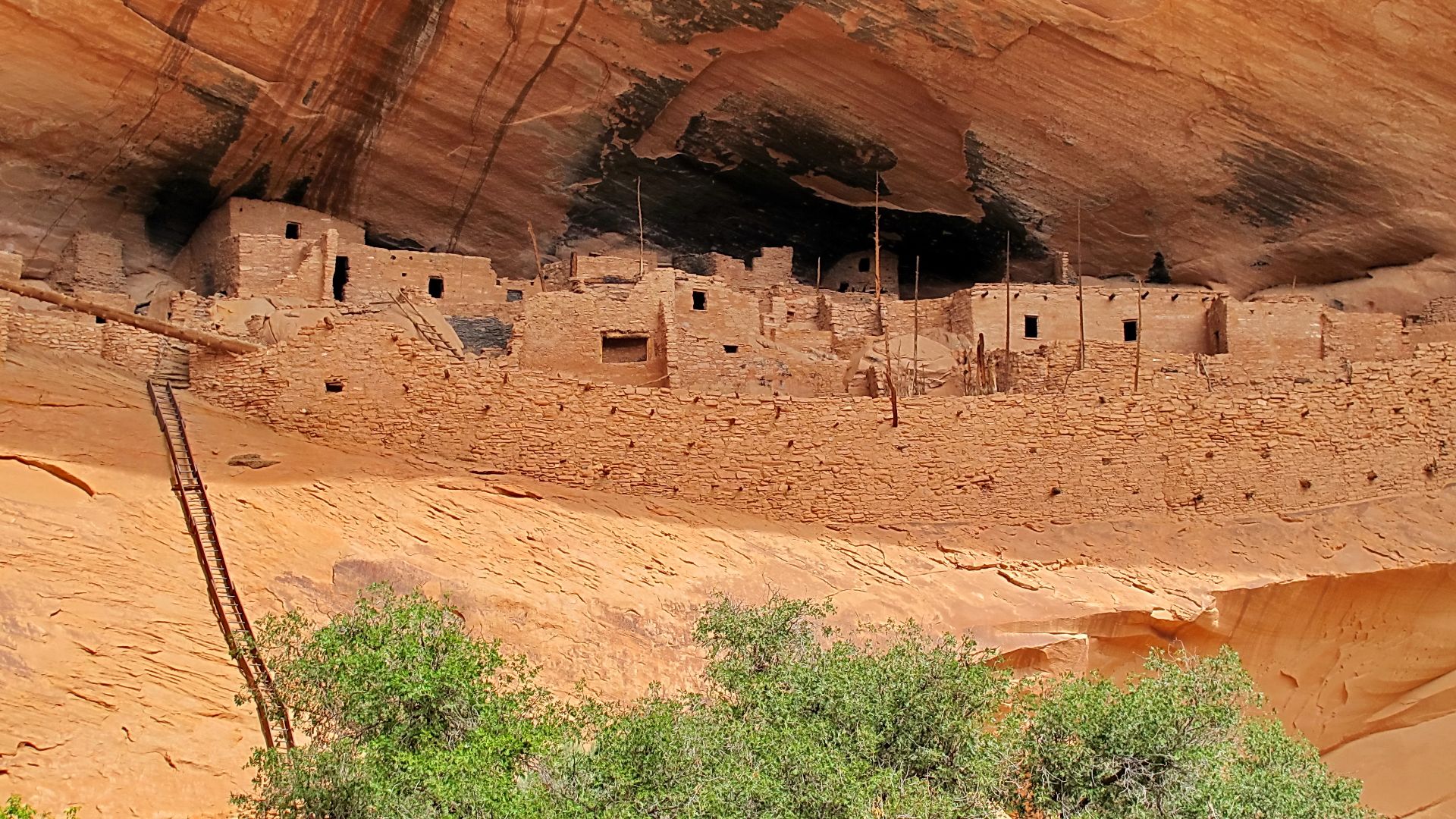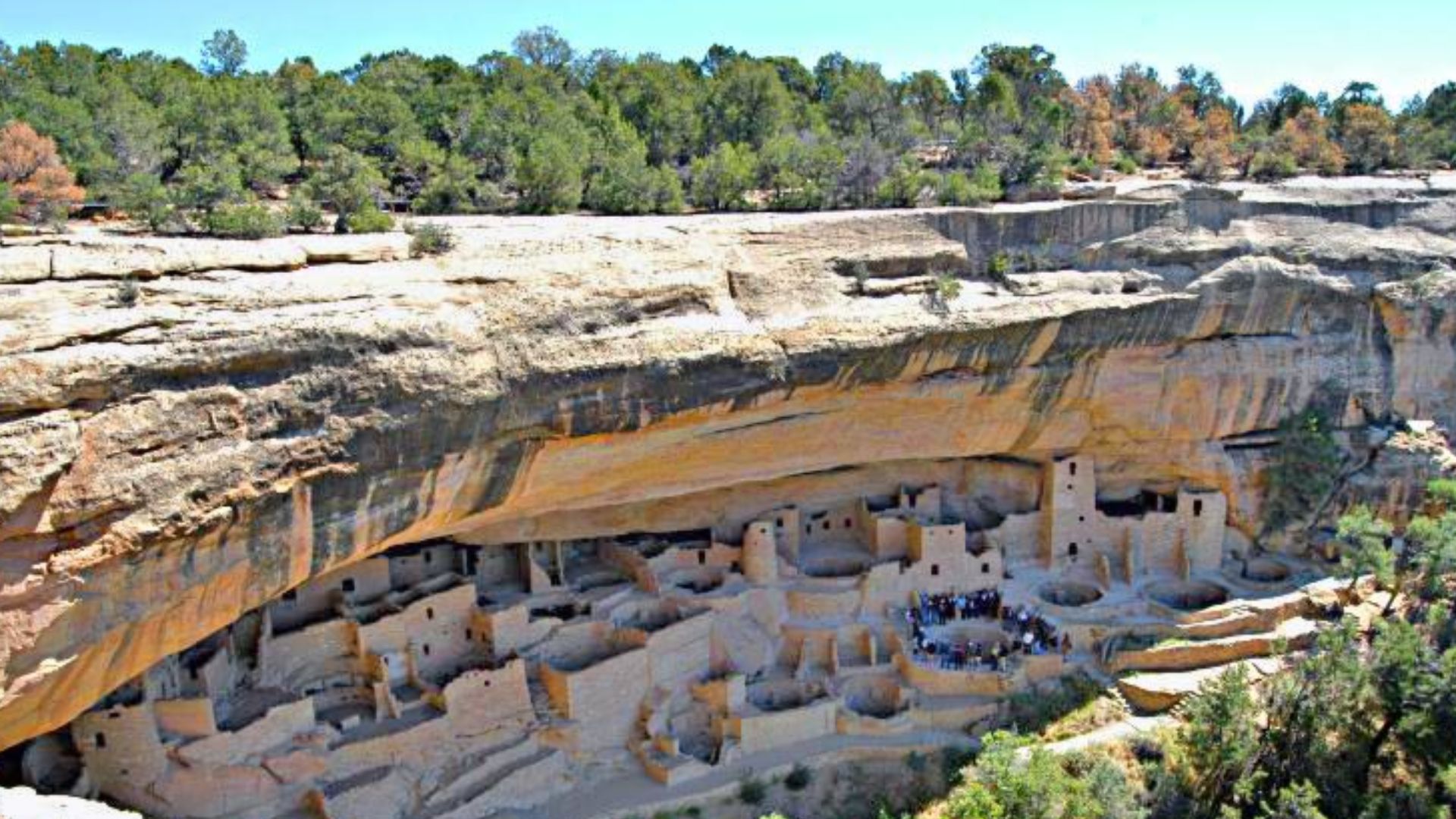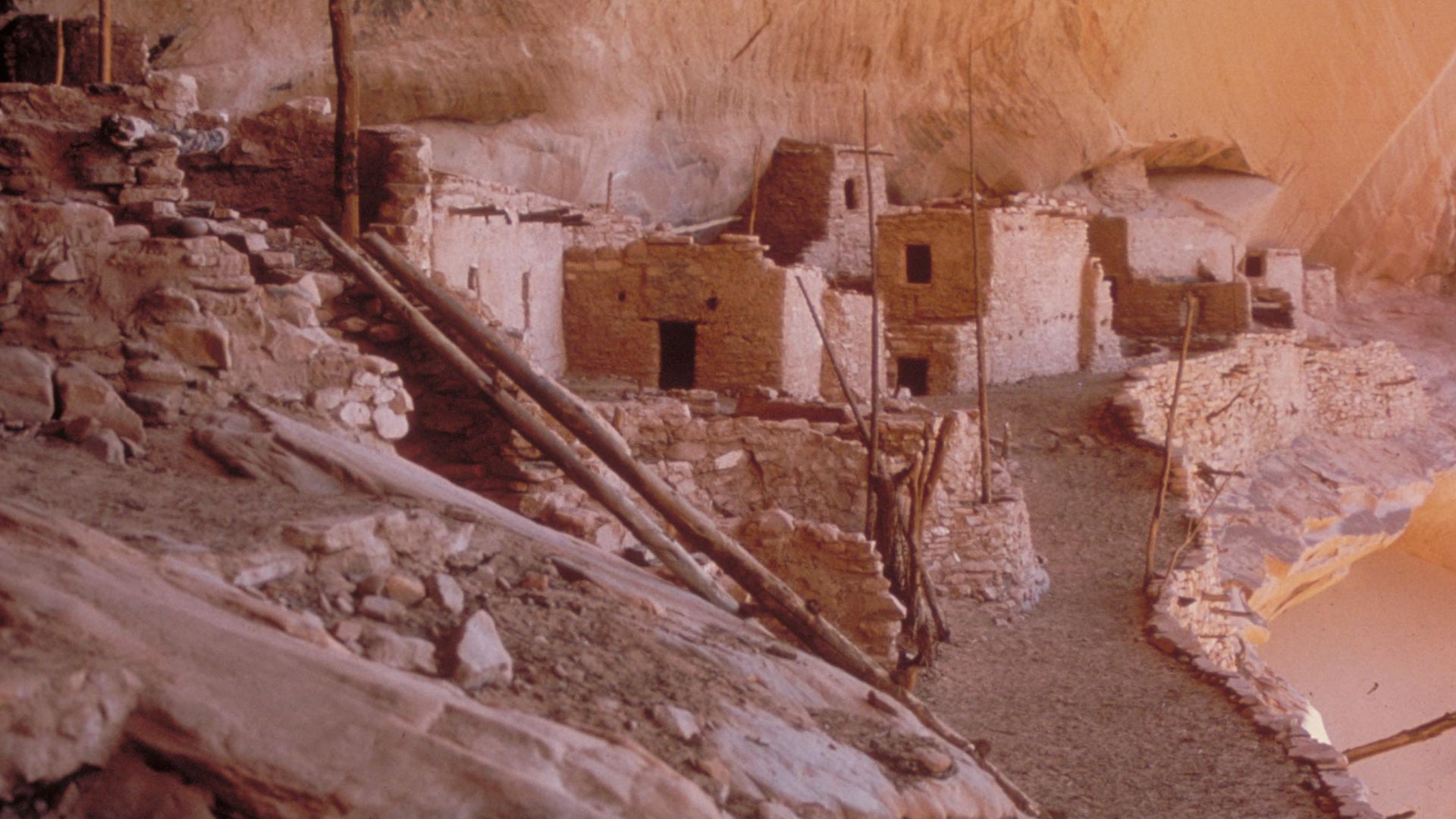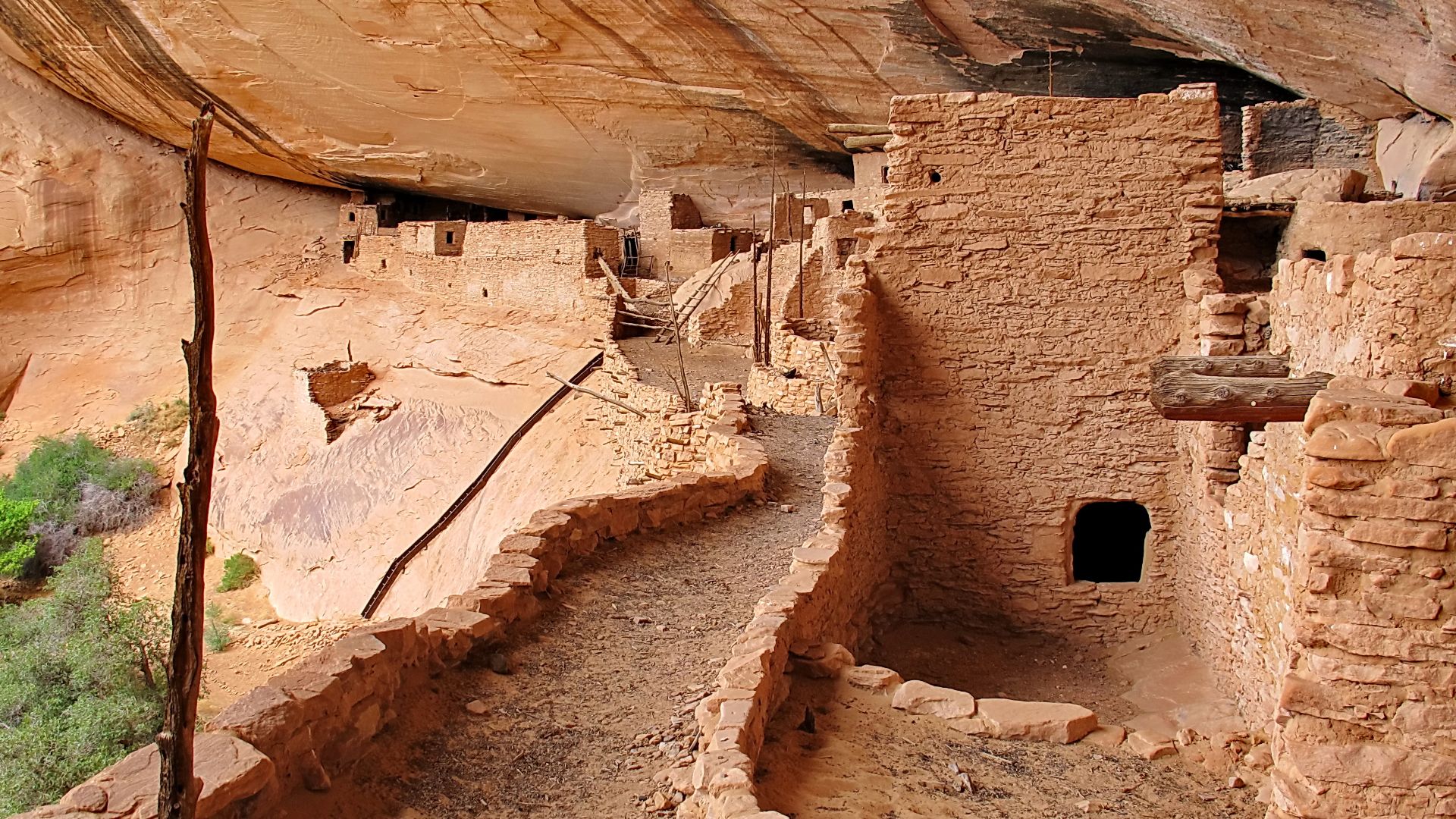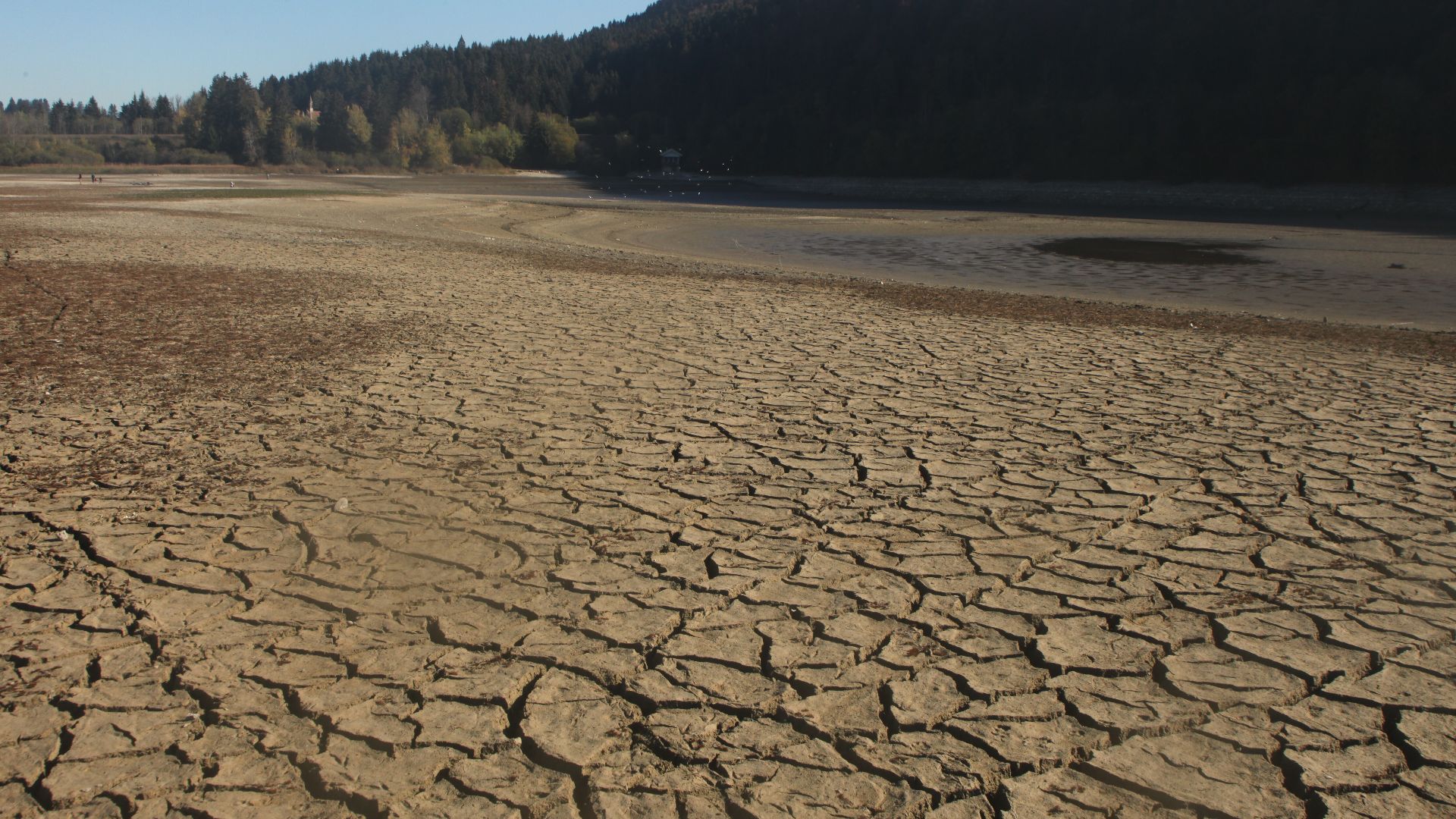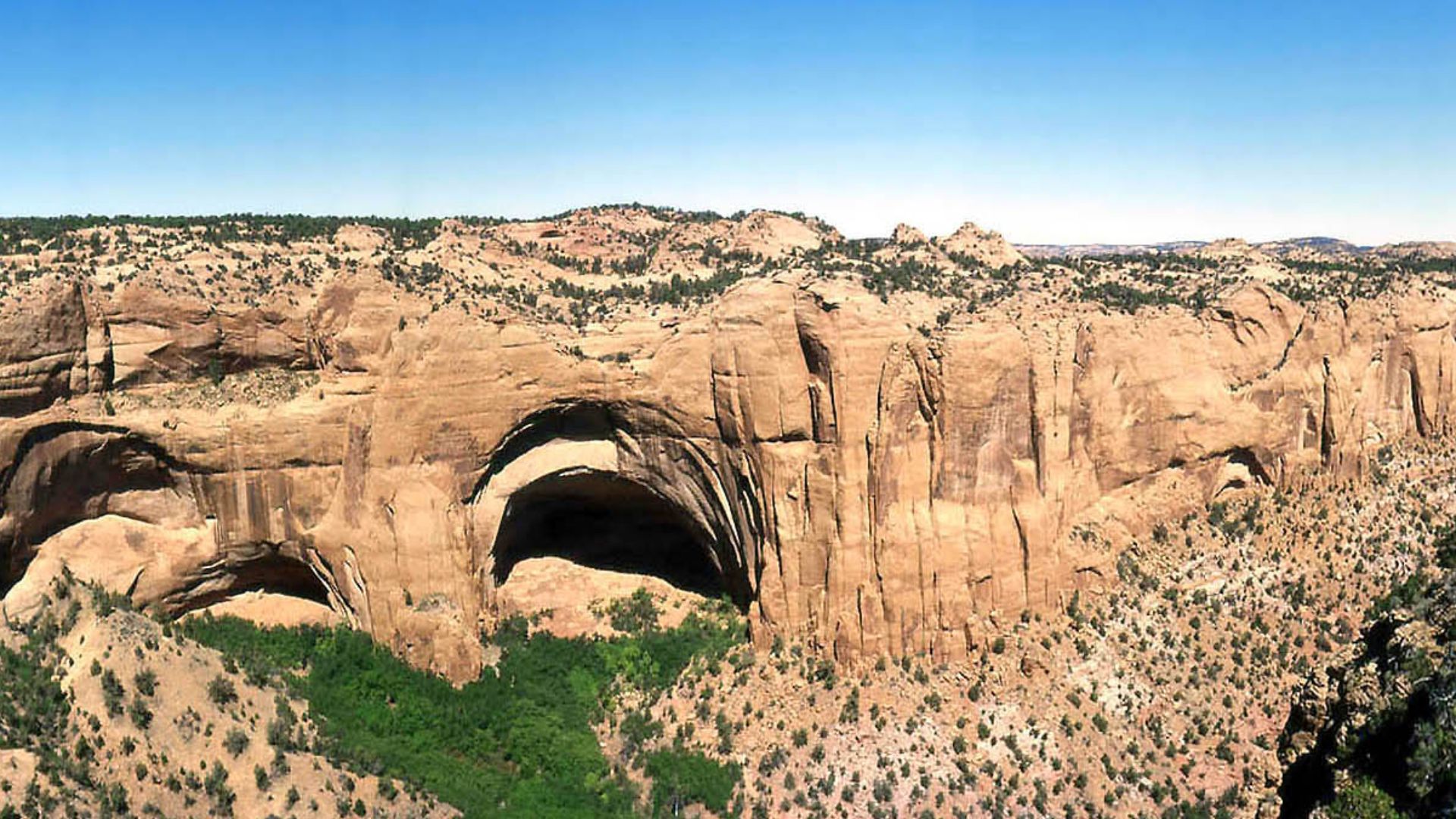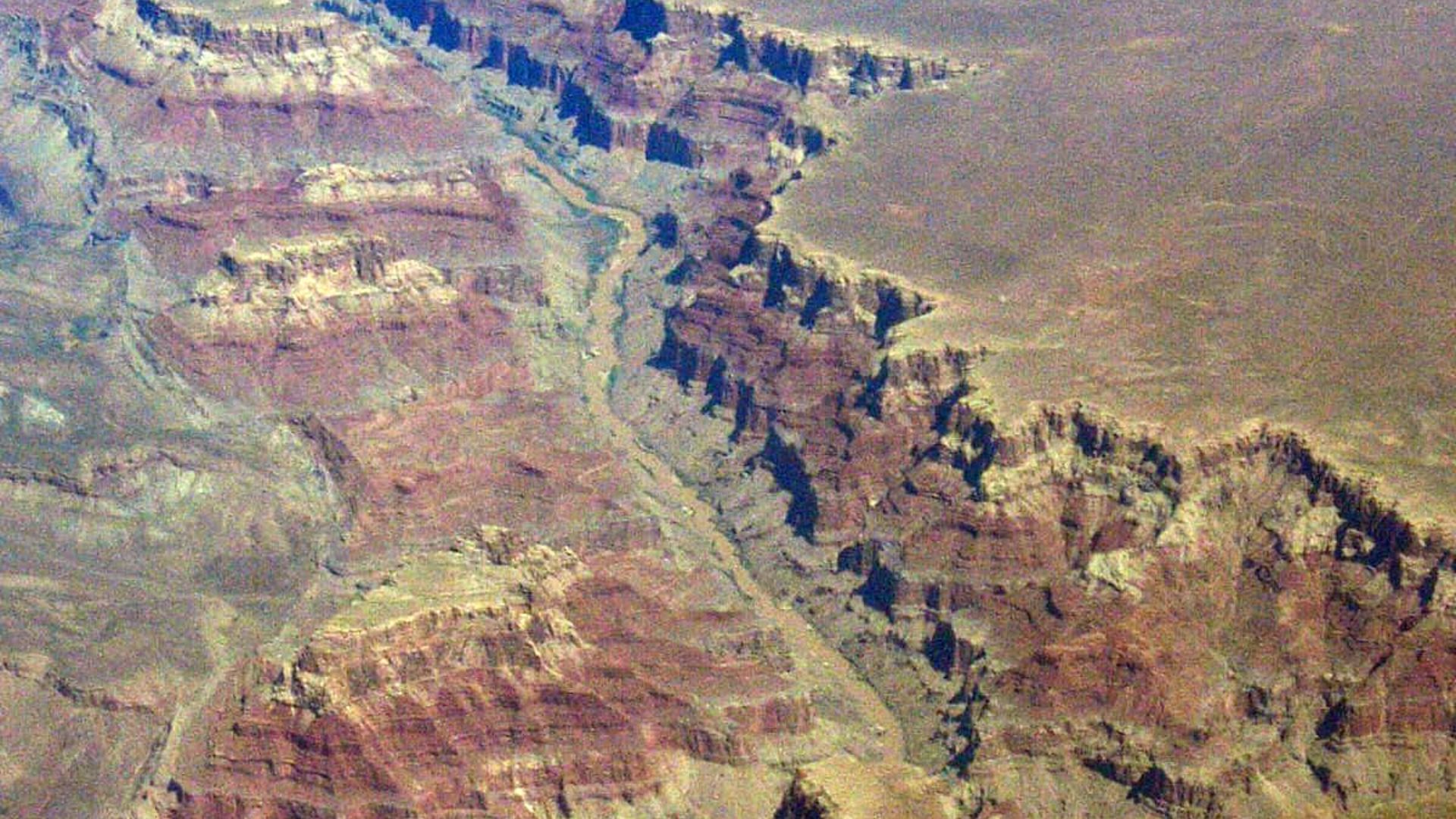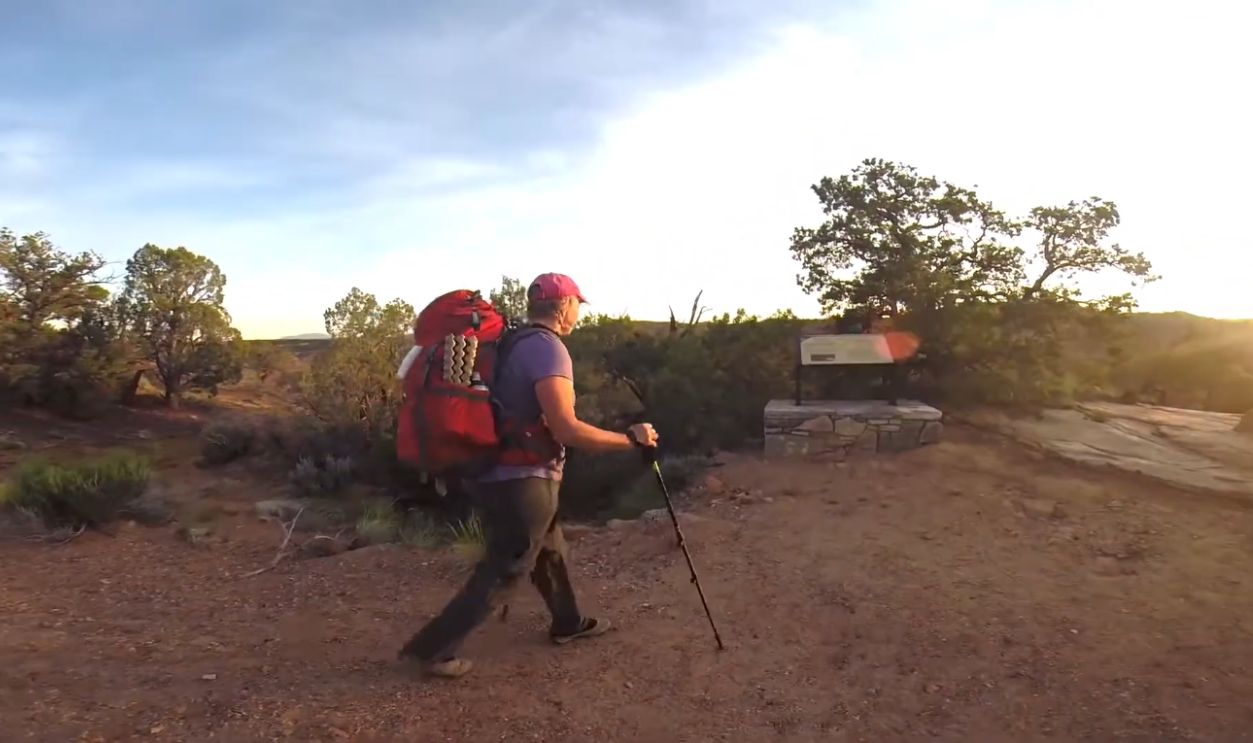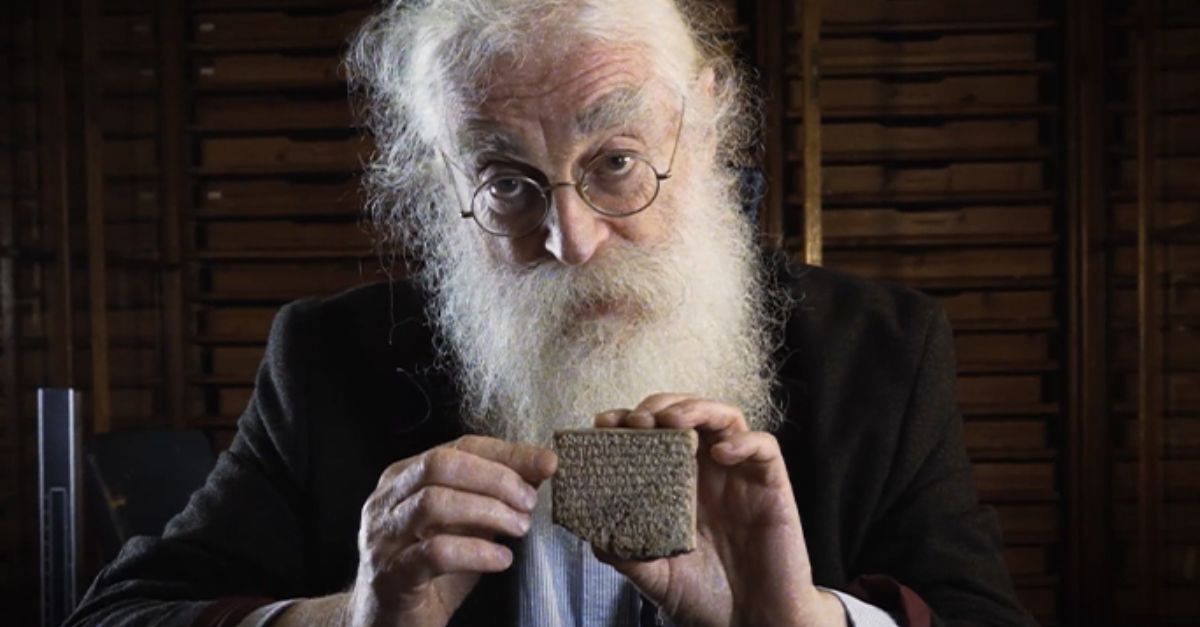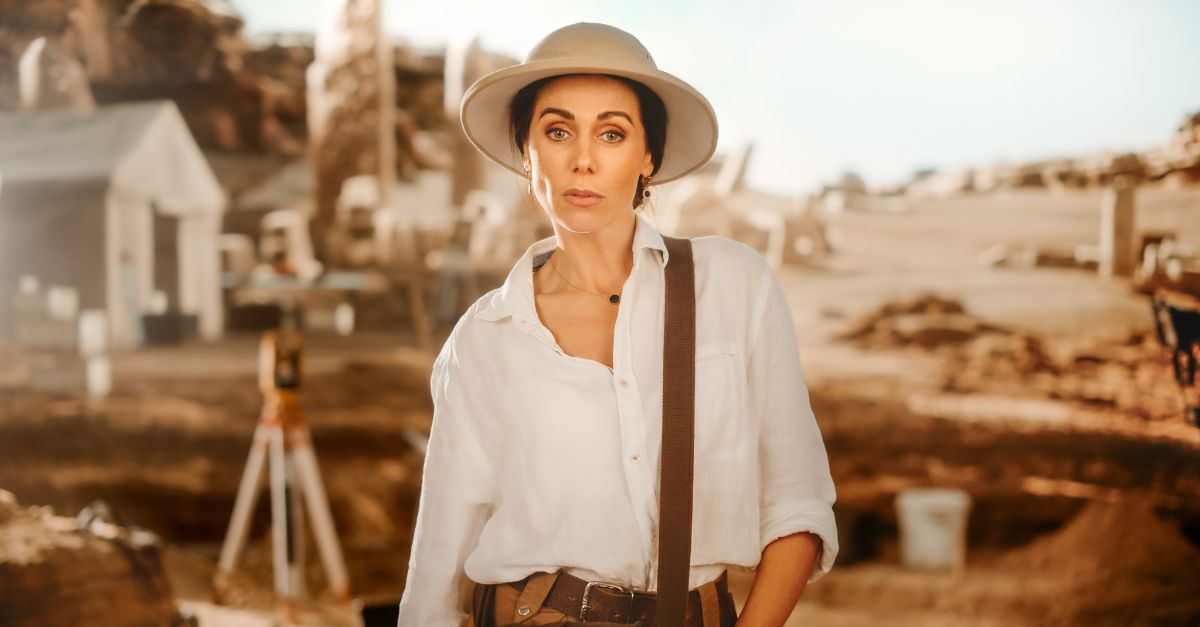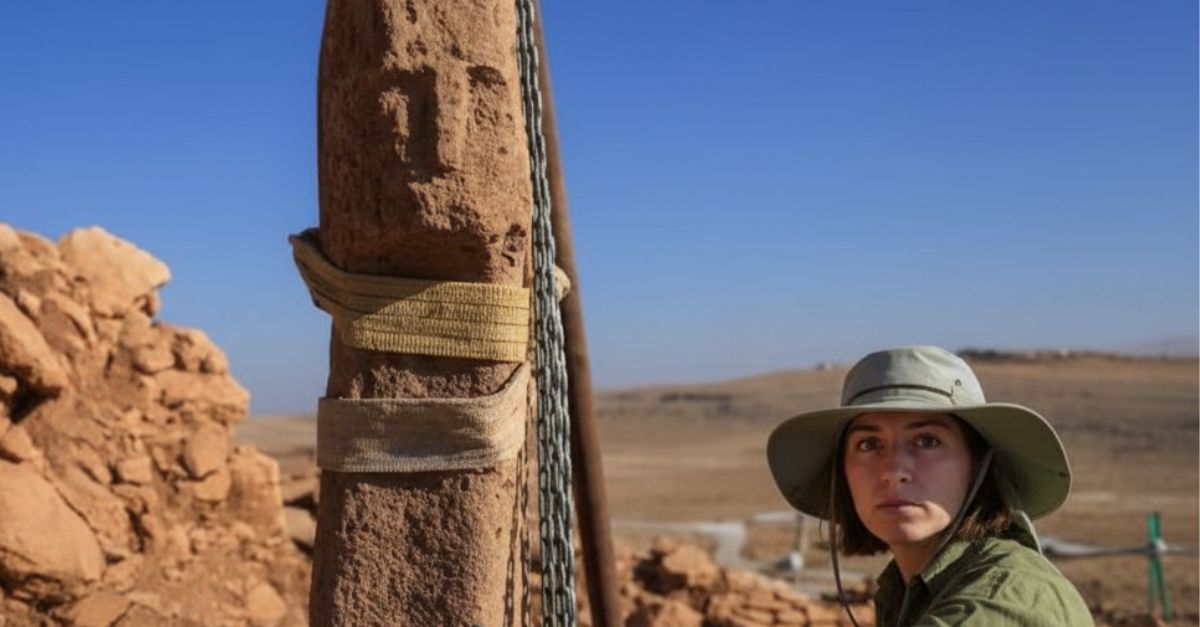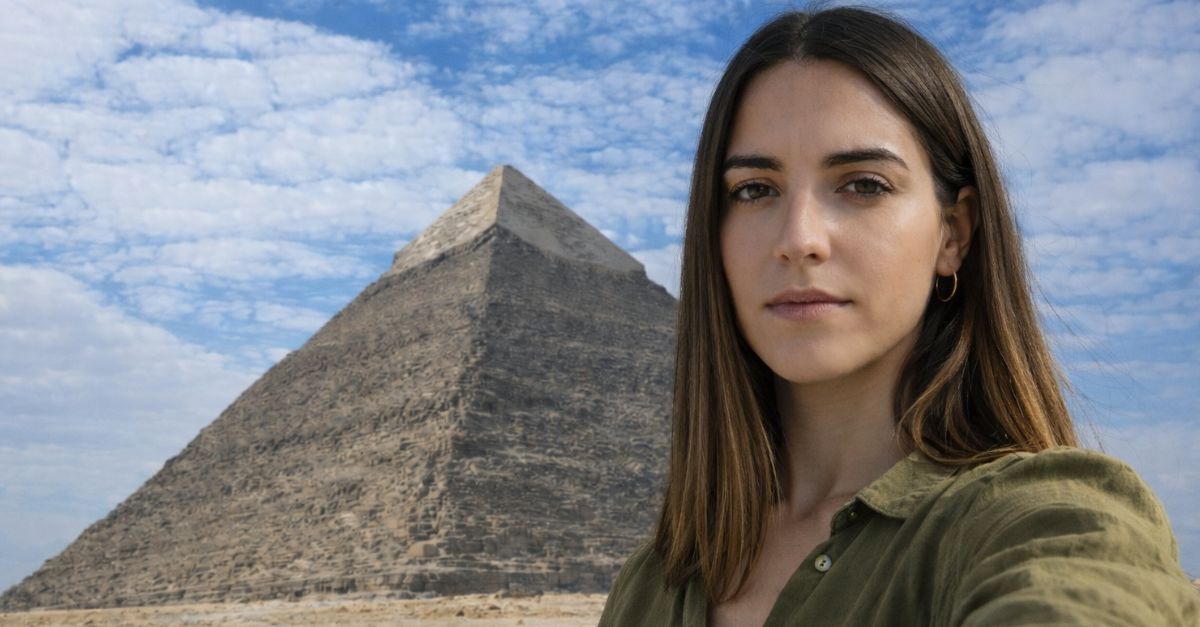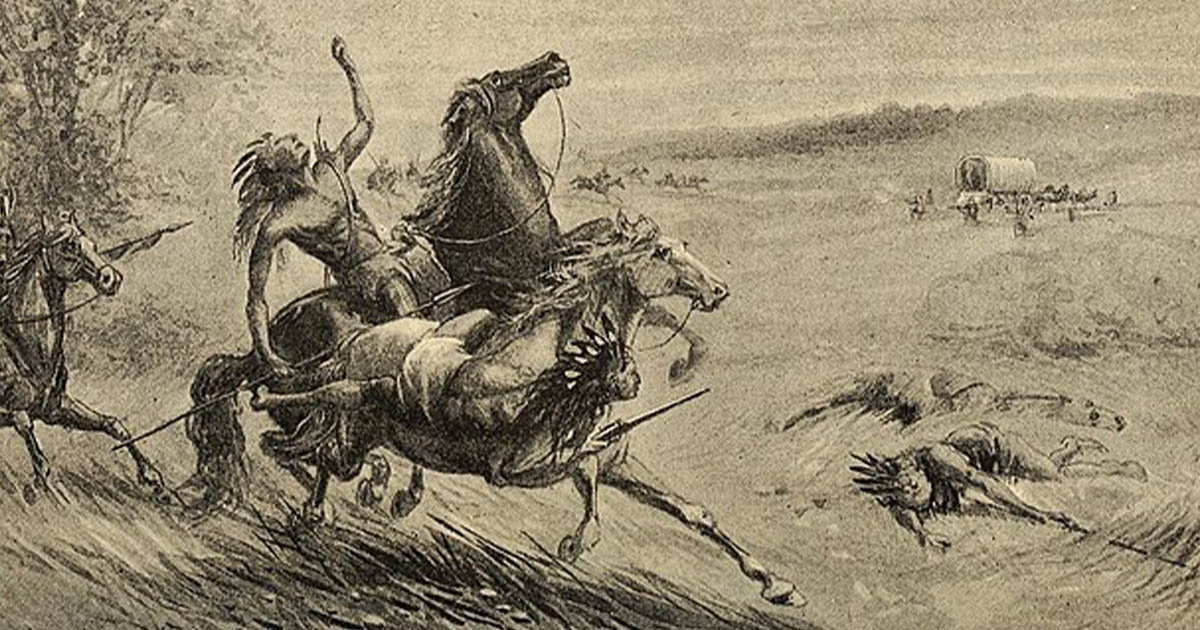What A Stray Mule Uncovered
High in an Arizona canyon lies a perfectly preserved stone village, untouched for centuries. Abandoned in mystery and rediscovered by accident, its walls whisper stories of resilience and survival.
A Hidden City In The Canyon Walls
Located in Tsegi Canyon at Navajo National Monument, Keet Seel is an astonishingly preserved 13th‑century cliff city. Under a massive sandstone alcove, more than 150 rooms and six ceremonial kivas cling to the rock. It’s shielded from erosion by the overhang, where it was hidden from modern eyes for centuries.
 PatrickRapps, Wikimedia Commons
PatrickRapps, Wikimedia Commons
Life In The High Desert Long Before Arizona Existed
Around 1250 CE, Ancestral Puebloans—early ancestors of today’s Hopi and others—settled this high‑elevation terrain. Living in a challenging yet resourceful environment, they sculpted dwellings into cliffs and raised crops nearby. They mastered survival in the American Southwest long before state borders existed.
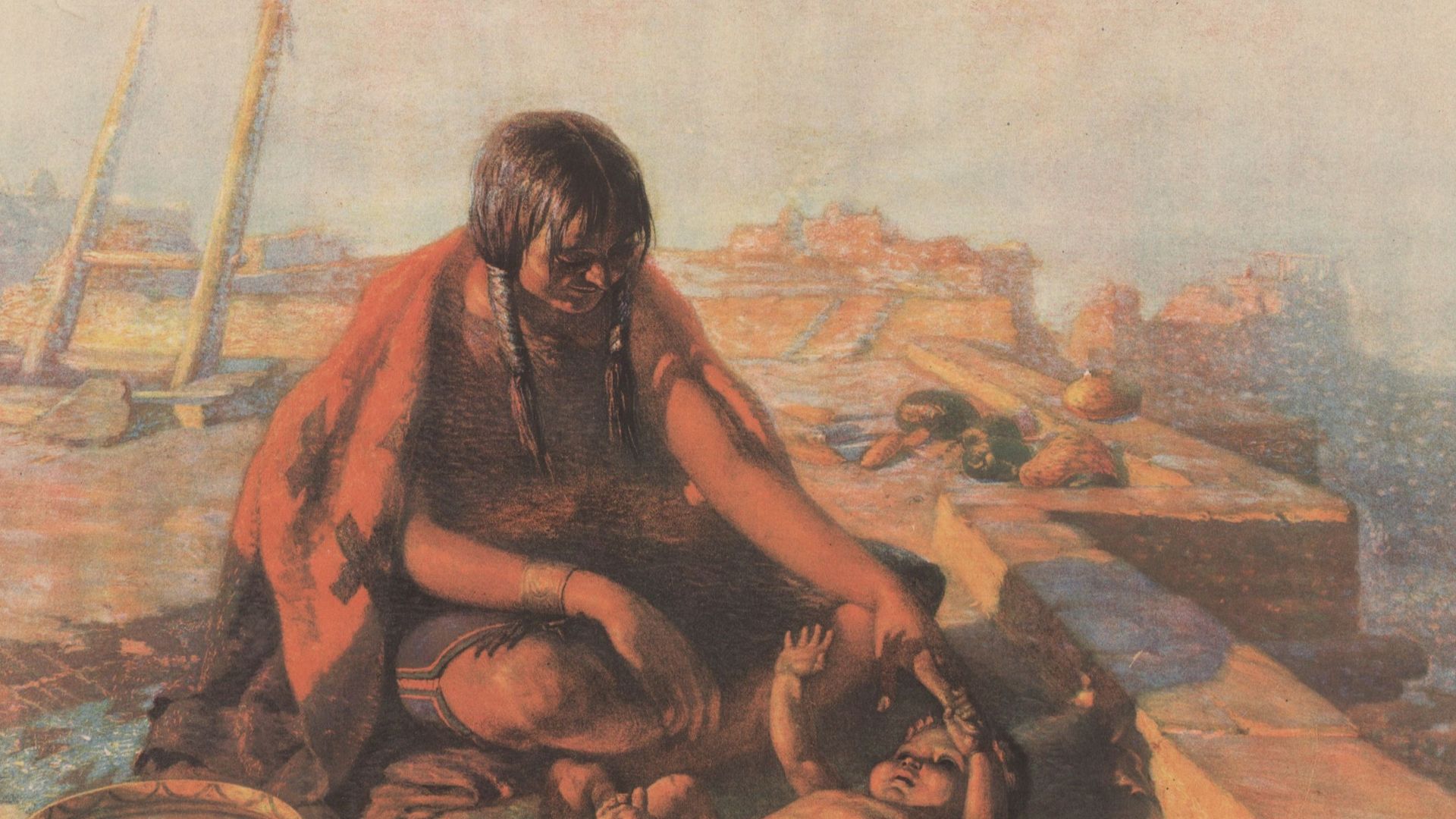 William Robinson Leigh, Wikimedia Commons
William Robinson Leigh, Wikimedia Commons
The Ancestral Puebloans And Their World
The people who built Keet Seel were part of the Pueblo III era. They created tight-knit communities across the Southwest and left behind sophisticated architecture. These included communal structures and rich material culture whose artistry and planning continue to reveal their worldview and social organization through archaeological study.
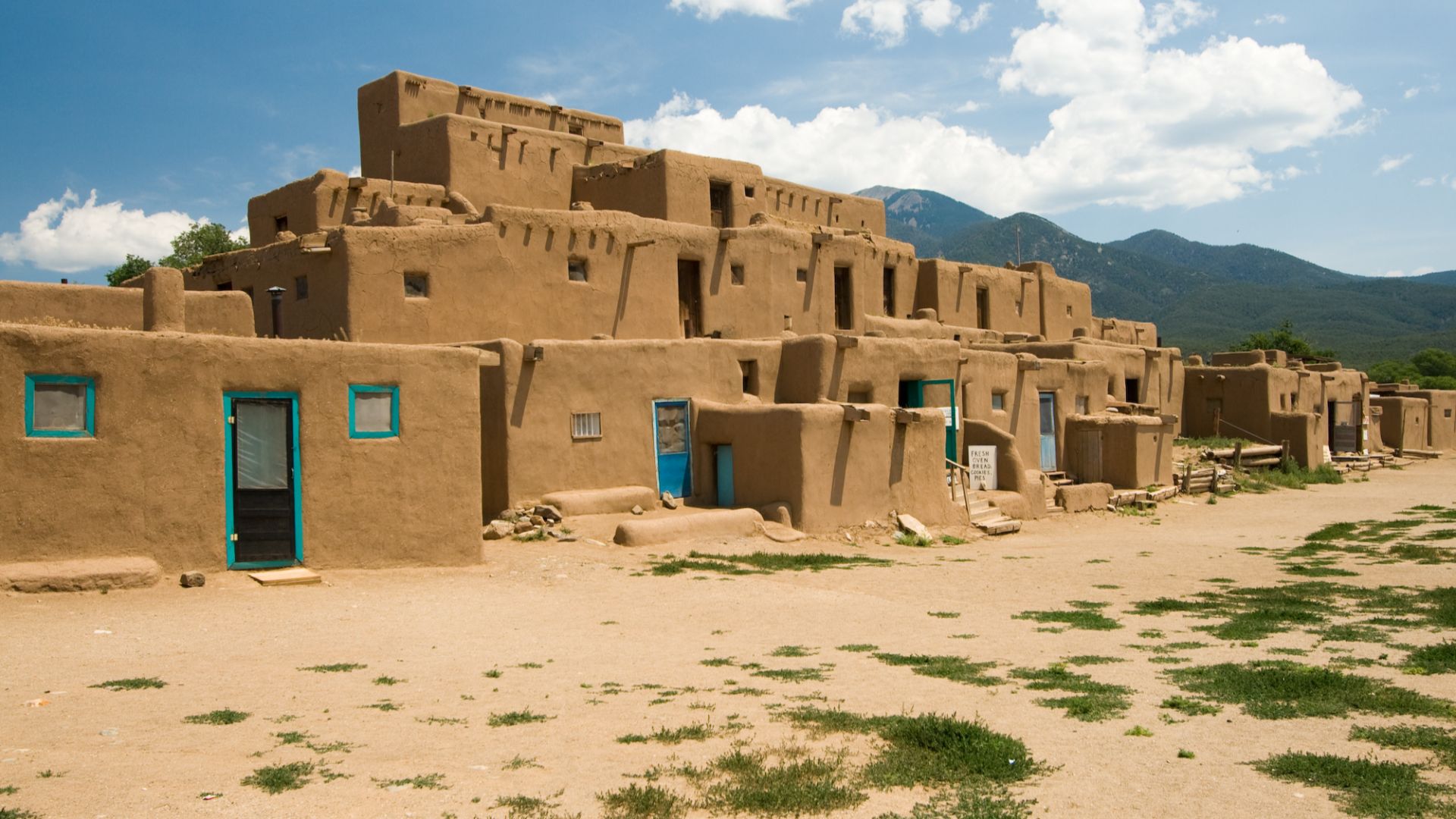 Luca Galuzzi (Lucag), Wikimedia Commons
Luca Galuzzi (Lucag), Wikimedia Commons
Why Did They Turn To The Cliffs For Shelter?
These dwellers chose cliffs for protection and climate control. A southeast-facing alcove offered respite from summer heat and winter cold, while the overhang cleverly shielded rooms and artifacts from wind, rain, and sun. All these factors helped Keet Seel become one of the best-preserved cliff ruins in North America.
A Rapid Building Boom In The Late 13th Century
Between 1272 and 1275 CE, Keet Seel experienced a dramatic population surge and expansion. Over a few short years, dozens of rooms—organized into about 25 clusters—and six kivas were constructed. These were made along a massive 180‑foot retaining wall, which indicates remarkable coordination and activity.
 Huebi~commonswiki, Wikimedia Commons
Huebi~commonswiki, Wikimedia Commons
Stone Rooms, Kivas, And Open Courtyards
Rows of sandstone rooms cluster beneath the alcove, grouped into about 25 distinct courtyards surrounded by one to four storage spaces each. These communal layouts, alongside six ceremonial kivas, highlight strategic planning and social organization amid tight quarters. They reinforce the architectural sophistication of the Ancestral Puebloans.
How A Desert Village Sustained Itself
Keet Seel’s occupants made do in a harsh, high‑desert environment by exploiting local springs and runoff from the sandstone. They irrigated small plots for the “Three Sisters”—corn, beans, and squash—and stored surplus in alcove‑cool storage rooms. These people crafted a system resilient enough to support a community of up to 150 individuals.
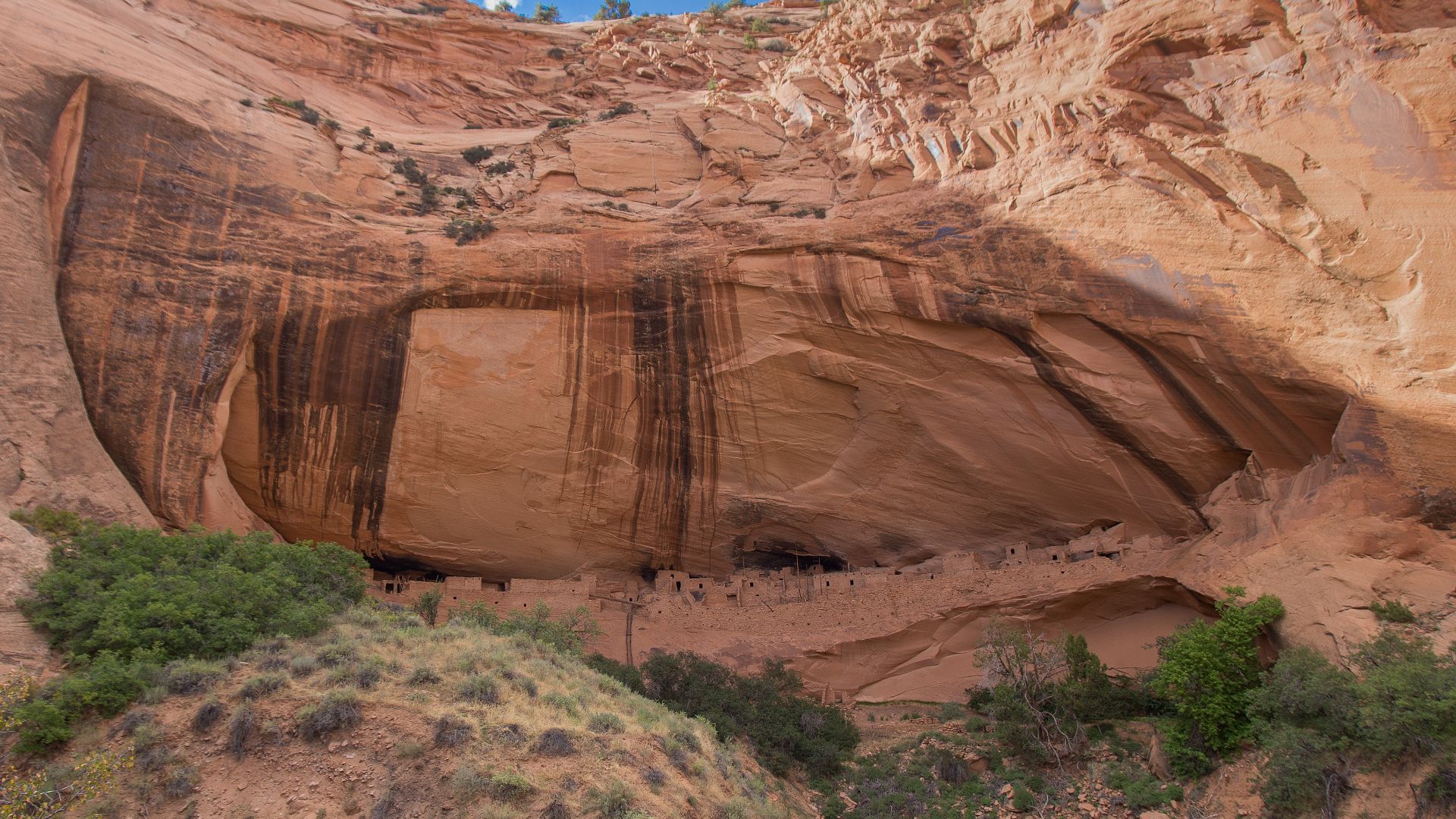 PatrickRapps, Wikimedia Commons
PatrickRapps, Wikimedia Commons
Fields Of Corn, Beans, And Squash
In this arid canyon, Ancestral Puebloans cultivated staple crops using limited but reliable water sources like seep springs. These resilient staples sustained the cliff village, stocked secure granaries, and underpinned both daily nutrition and ceremonial life in one of the Southwest’s most remote settlements.
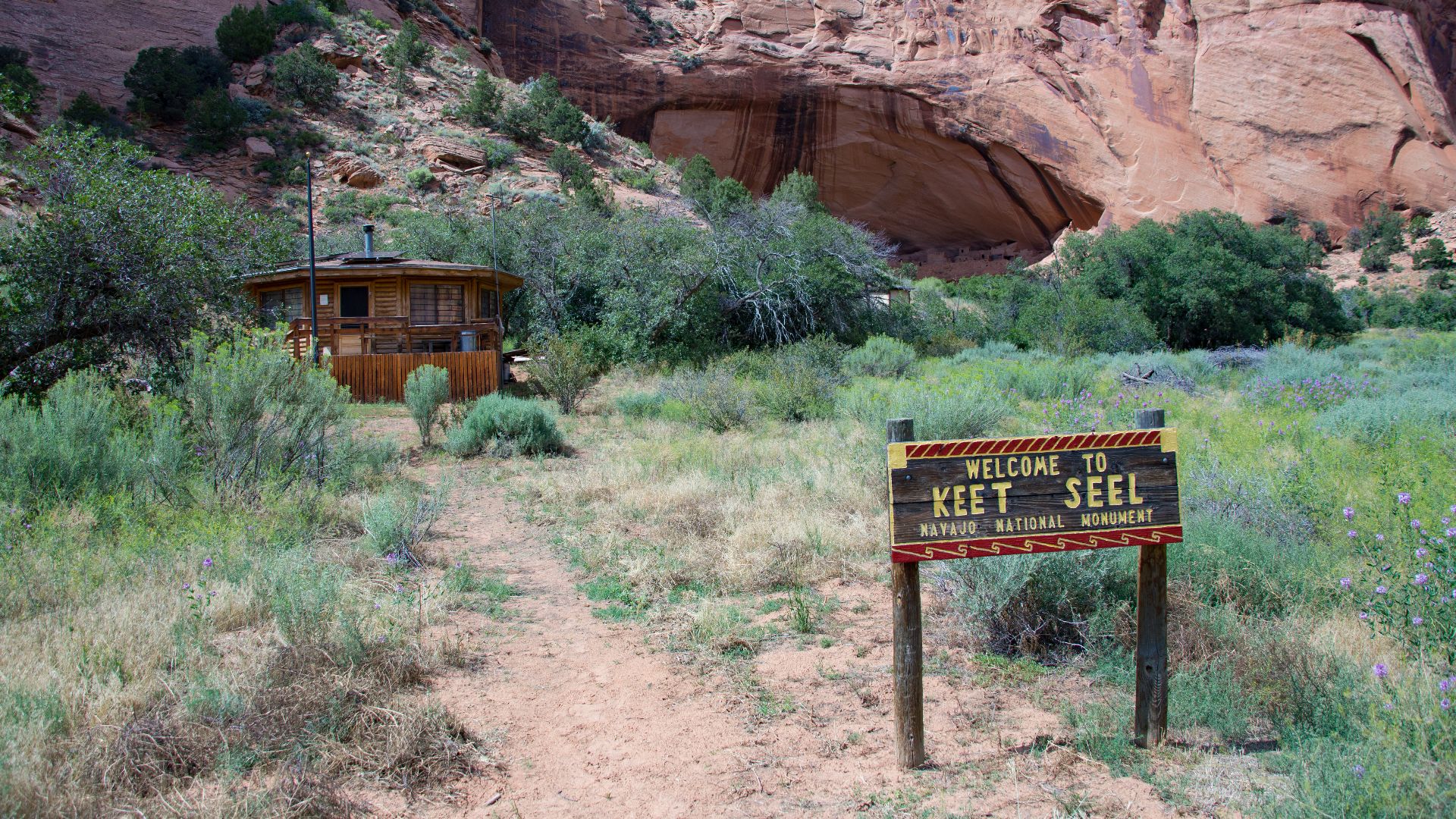 PatrickRapps, Wikimedia Commons
PatrickRapps, Wikimedia Commons
Rituals And Gatherings In The Kivas
Keet Seel’s six kivas served as communal and ceremonial spaces. These subterranean rooms, often set apart from clusters of living spaces, hosted gatherings, rituals, and possibly rites tied to agriculture or cosmology. They highlight the role of ceremony in anchoring community cohesion and spiritual life at the site.
Signs Of Prosperity In A Remote Canyon
Despite its remoteness, Keet Seel radiates signs of prosperity: intricate masonry and abundant pottery fragments. The site's longevity and preservation, aided by protection from natural overhangs, suggest both economic steadiness and cultural sophistication rarely preserved so well in Southern Arizona.
Drought And Hardship Creep In
By the late 13th century, a prolonged regional drought—often referred to as the “Great Drought” (1276–1299)—led to failed harvests. Environmental challenges such as resource shortages and overall increased stress likely forced Keet Seel’s community to abandon the cliff shortly after construction ceased around 1286.
The Day The Cliff City Fell Silent
Around 1300 CE, after only twenty or so years of thriving activity, the Ancestral Puebloans abandoned Keet Seel. Archaeologists still don’t know why, but harsh climate, failed crops, and possible conflict likely influenced this abrupt exit. As a result, the alcove was left undisturbed for centuries.
Six Centuries Of Secrecy And Shadows
From the early 1300s until the late 19th century, Keet Seel remained virtually unknown to the outside world. Its remote position and the cultural reverence of the Navajo kept the ruins safe from disturbance and preserved an extraordinary window into the past.
Guarded Knowledge Of The Navajo People
Local Navajo communities knew of Keet Seel long before explorers arrived, yet treated the site with caution. They largely avoided it due to deep respect for ancestral spirits believed to dwell among the ruins. This reverence helped shield the cliff city for centuries.
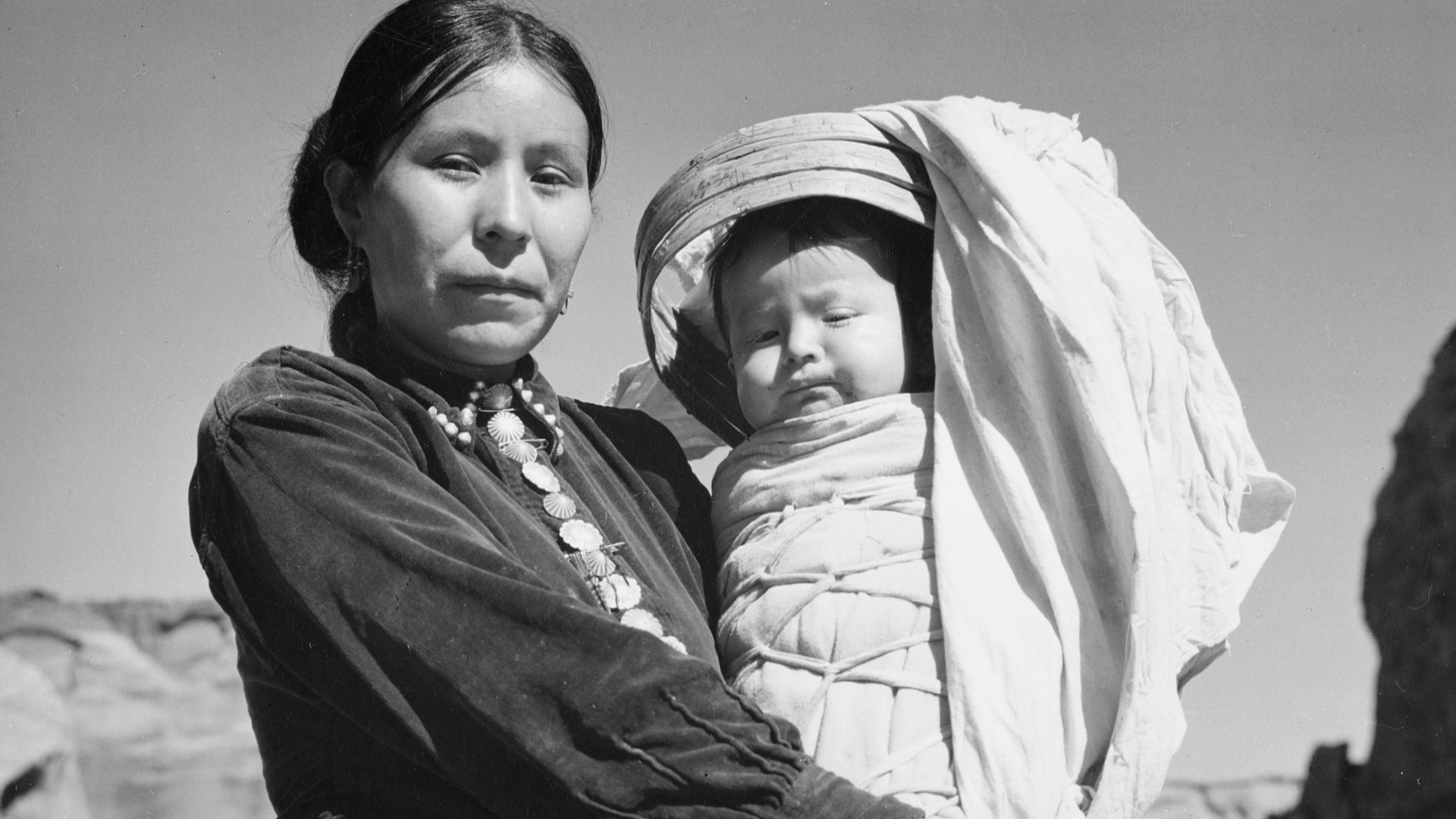 Ansel Adams, Wikimedia Commons
Ansel Adams, Wikimedia Commons
A Cold January Day In 1895
In January 1895, explorer Richard Wetherill camped in Tsegi Canyon. That frigid day changed history when his mule bolted down the canyon and prompted a fateful pursuit. At the end of its trail, Wetherill stumbled upon the monumental ruins of Keet Seel.
 Andreas F. Borchert, Wikimedia Commons
Andreas F. Borchert, Wikimedia Commons
The Runaway Mule That Changed History
The mule’s unexpected dash through Tsegi Canyon led Wetherill to a site untouched for centuries. Without this accident, Keet Seel might have remained hidden longer, shielded by its remote location and natural alcove concealment. Fate and a stubborn animal reshaped archaeological history.
Richard Wetherill’s First Glimpse Of The Ruins
When Wetherill first looked up at Keet Seel, he saw hundreds of masonry walls perfectly preserved beneath the sandstone overhang. The scale and pristine condition astonished him. It was soon marked as one of the Southwest’s most intact and spectacular archaeological treasures.
Stepping Inside A Forgotten World
Entering Keet Seel’s rooms revealed pottery, tools, sandals, and even food remnants. The preservation was so remarkable that artifacts appeared as if recently left behind. These items offered a direct, tangible link to the lives of its former inhabitants that no one knew about.
Secrets In Untouched Rooms
Wetherill and his team found corrugated and painted pottery, yucca-fiber sandals, stone tools, and intact storage rooms on the site. Such well-preserved relics provided rare insight into the skills, practices, daily routines, and survival strategies of a thriving 13th-century Puebloan community.
From Excavation To Preservation
Following its discovery, Keet Seel underwent excavation in the late 19th and early 20th centuries, with many artifacts being moved to museums. Today, the focus has shifted toward preservation. This change balances public access with the protection of fragile structures and cultural heritage.
Becoming Part Of The Navajo National Monument
In 1909, Keet Seel was incorporated into the newly established Navajo National Monument to ensure federal protection. This designation preserved its extraordinary masonry and cultural significance while honoring its ancestral ties to safeguard the landmark within the Navajo Nation.
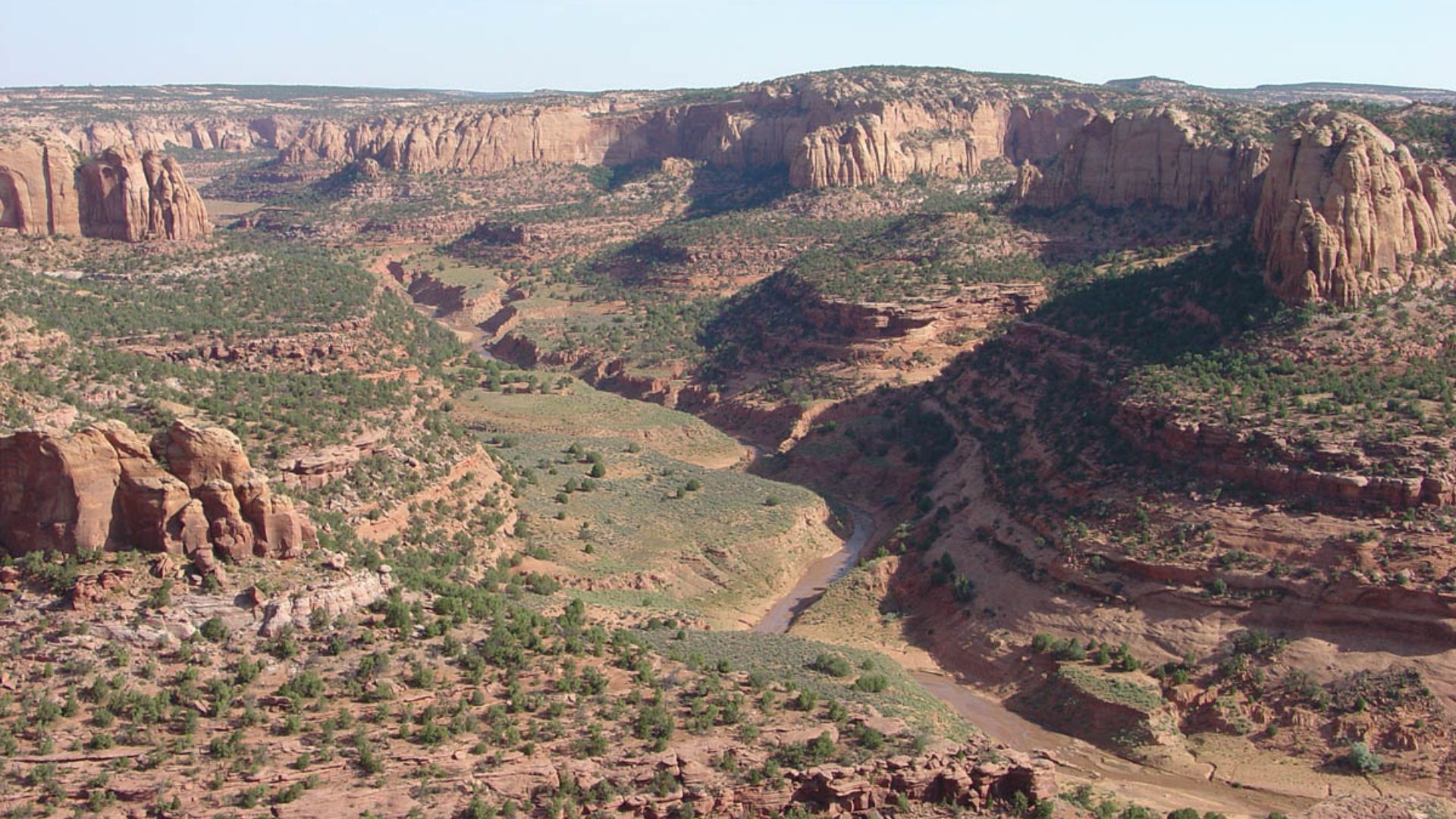 NPS Natural Resources, Wikimedia Commons
NPS Natural Resources, Wikimedia Commons
The Challenge Of Reaching Keet Seel Today
Access to Keet Seel remains intentionally limited. Visitors must secure permits and go on a ranger-guided 17-mile round-trip hike through rugged canyon terrain. These restrictions protect the fragile site while offering an immersive journey into the high-desert wilderness.
Walking The Same Paths As Its Builders
Hiking to Keet Seel means tracing ancient trails once walked by its builders. Each step brings you closer to the cliff’s shadow, where masonry walls rise suddenly from the sandstone alcove. Everything remained unchanged for over seven centuries.
Why Does Keet Seel Still Capture The Imagination?
Keet Seel offers a mix of mystery, artistry, and resilience. Its sudden abandonment and immaculate preservation provoke questions about survival and human adaptability. This site reminds us of how fragile yet enduring cultures can be in the face of environmental change.
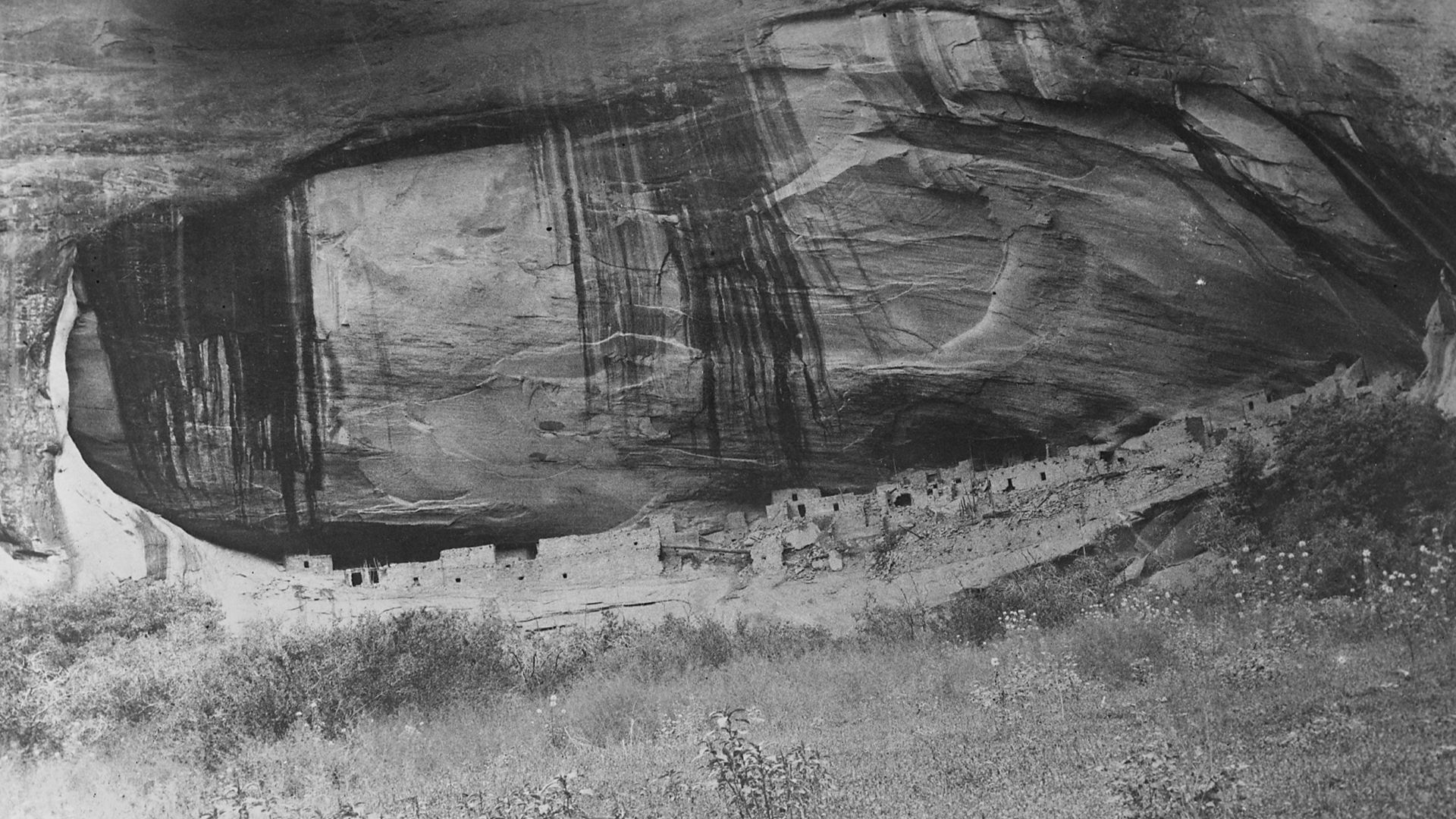 Unknown authorUnknown author or not provided, Wikimedia Commons
Unknown authorUnknown author or not provided, Wikimedia Commons
Echoes Of The Past In A Quiet Alcove
Standing within Keet Seel’s alcove, surrounded by silent rooms, you sense echoes of daily life. Voices, footsteps, prayers, and rituals seem frozen in time. The stillness amplifies its historical weight and offers a rare, undisturbed dialogue with the 13th-century Southwest.
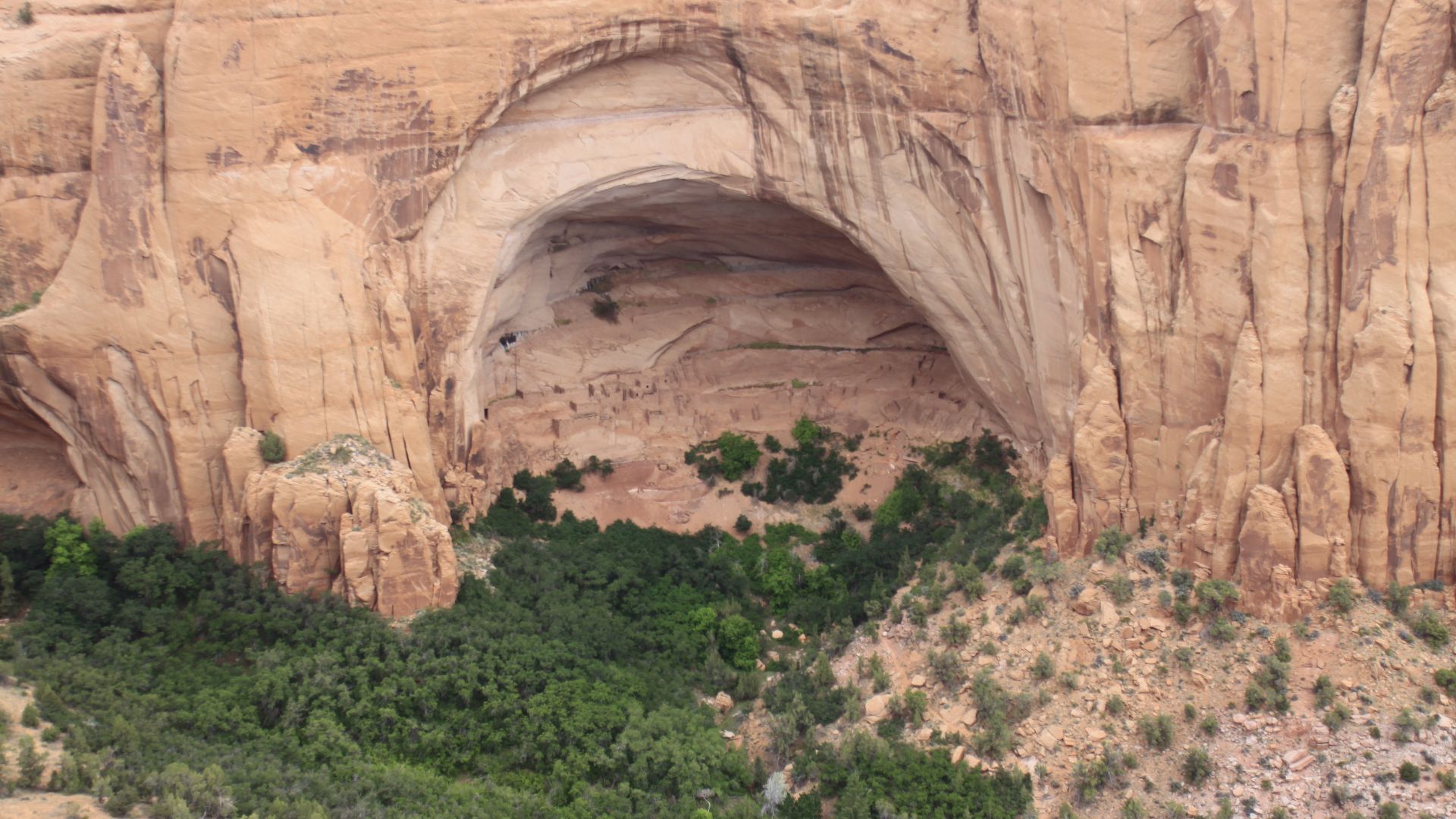 AhwatukeeBauer, Wikimedia Commons
AhwatukeeBauer, Wikimedia Commons

